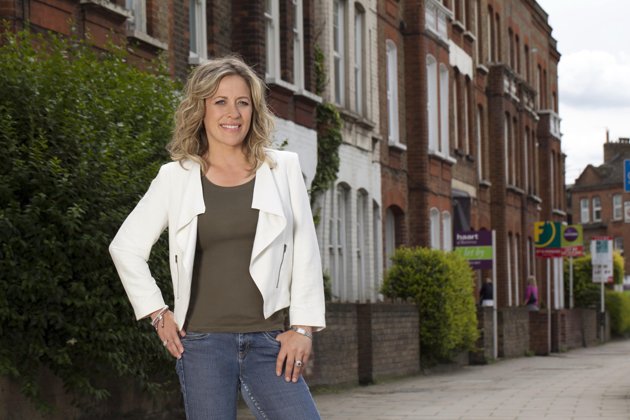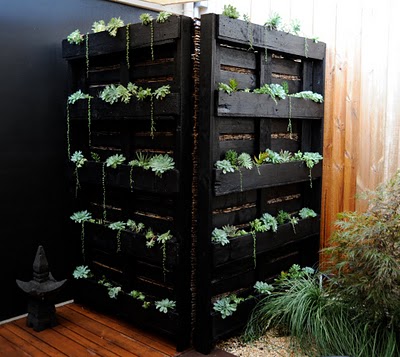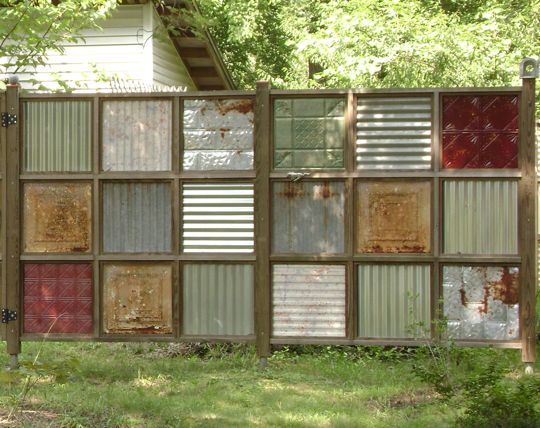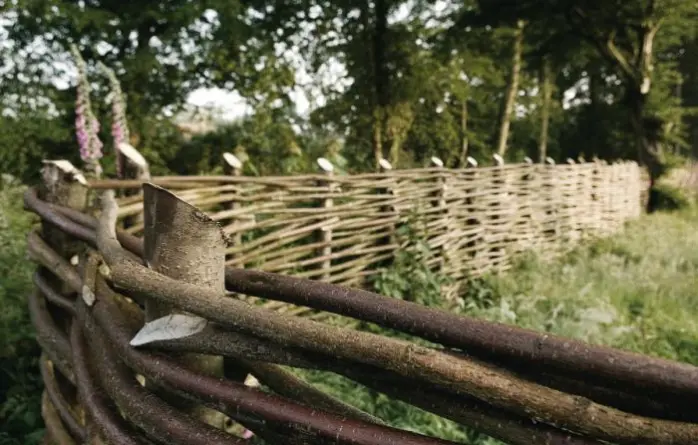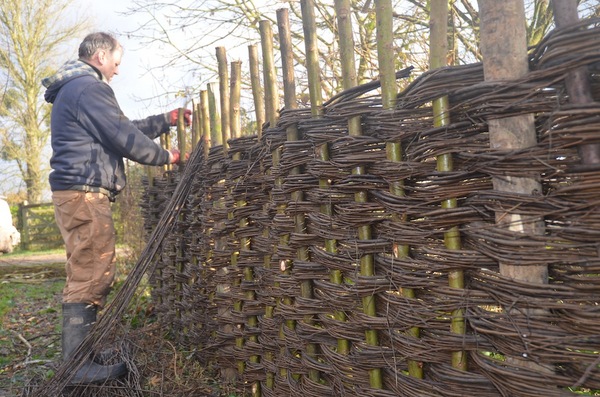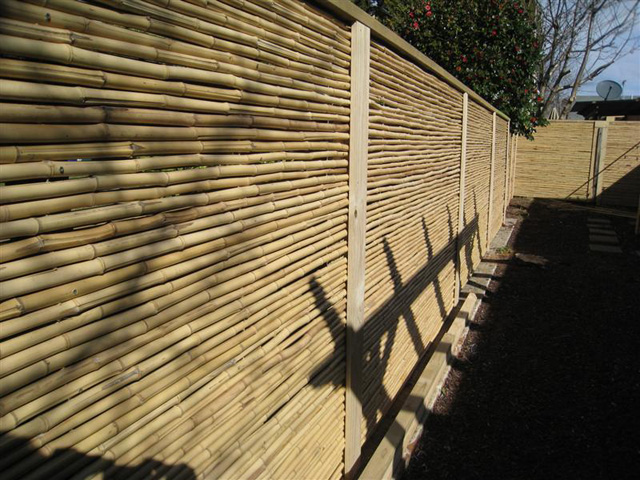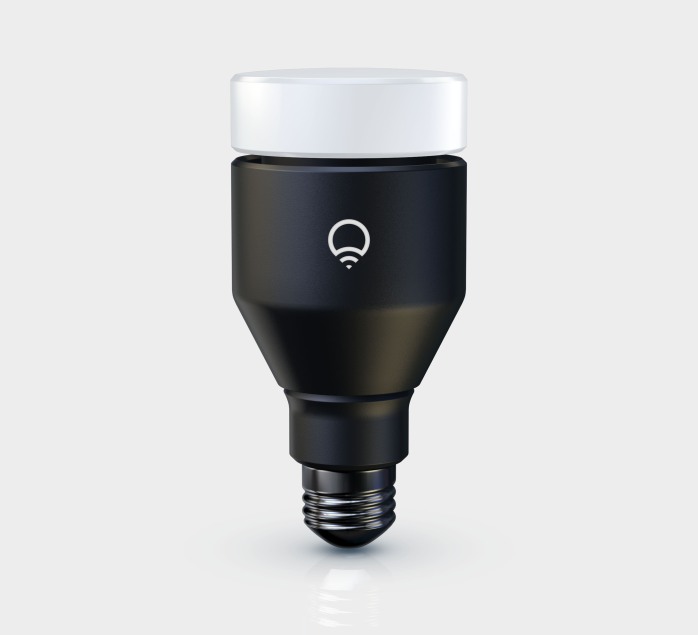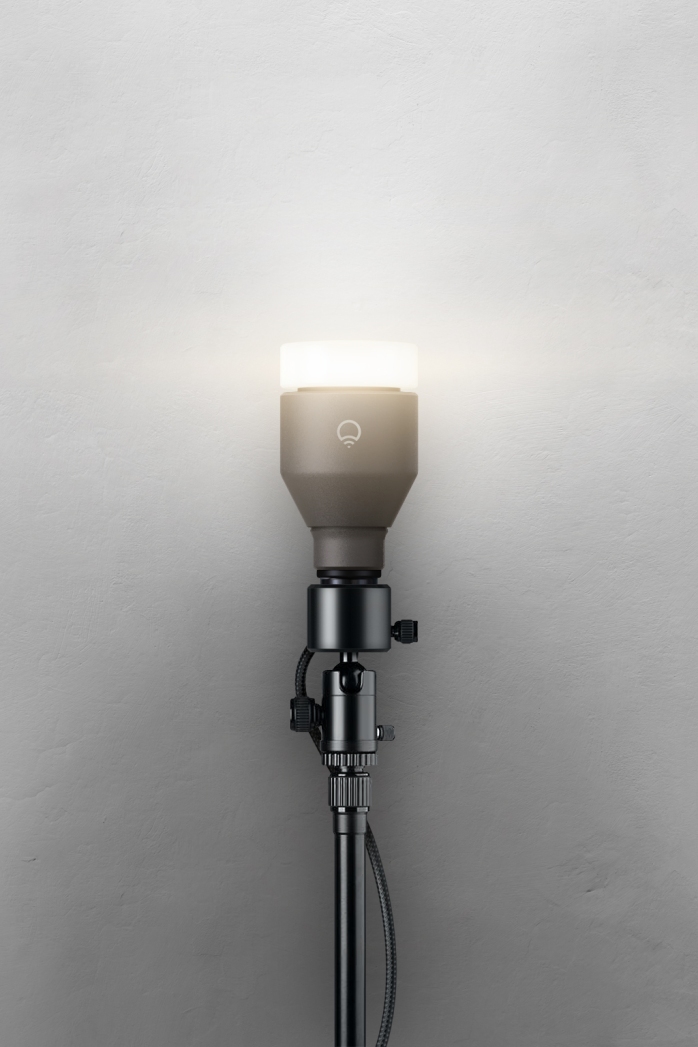A week or so ago I mentioned that we are considering making a part-time bedroom out of our small front room, since then Brownage has also latched onto the idea of doing the same in new space to the rear of the house. Why do we need to think about this now? Well there is a god, after 4 months of pretty nippy times spring is on its way and Space Shuffle Architects of Kent have nearly completed our building control drawings – thanks for your hard work Heather, Tom & Patrick! When I say nearly, we still need to confirm all the electrical points, switches and plumbing stuff. Relating this back to the opening point, if we wanted a snazzy wall bed it would not be a good idea to locate a light switch in the only location that the bed will fit… We’ll gat the tape measure out later, before then, I’m going to share a few of the slumber solutions we have to choose from. Maybe some will be new to you?
Futons

Dojo Eco Futon

Maki Yoto Futon

The Roman Futon
When many people in the UK think about futons, the words ‘student’ and ‘Ikea’ are likely to come to mind. Often stained, smelly and broken this type of home furnishing has been particularly bastardised, which is a shame as it’s a great idea. Western futons usually feature a configurable wood or metal frame that folds in the middle; in the raised position it is a couch, flat it can be used as a bed. The mattress is usually filled with foam, but some suppliers such as XXX offer an eco option. Either type will normally feature a removable cover available in a variety of colours so you can match it to your space.
Futons originate from Japan and have always be designed to offer a comfortable sleeping solution that can be hidden away during daylight hours, this allows the room to function as more than just a bedroom – perfect for our scheme. According to Wikipedia, futons are sold in Japan at speciality stores called futon’ya as well as at department stores. They are often sold in sets that include the futon mattress (shikibuton), a comforter (kakebuton) or blanket (mōfu), a summer blanket resembling a large towel (taoruketto), and a pillow (makura) generally filled with beans, buckwheat or plastic beads. No doubt Rakuten would be a decent place to start your search if you are after an authentic one. Personally I’m not sure it is going to work with our place!
Futons are designed to be placed on tatami flooring, and are traditionally folded away and stored in a cupboard during the day to allow the tatami to breathe and to allow for flexibility in the use of the room. Futons must be aired in sunlight regularly, especially if not put away during the day. In addition, many Japanese beat their futons regularly to prevent the padding from deforming.
These are my three favorite new futons available in the UK:
1. http://www.dojoeco.co.uk/product/futon: These guys offers futons made from organic cotton fabric and pure, organic British wool wrapped around a recycled cotton and wool filling. They don’t use foams, plastics or fire retardant chemicals. Fire retardancy is achieved naturally by the high proportion of wool filling.
2. http://furnitureandflooring.co.uk/maki-yoto-futon-p-1490.html: looking similar to the Dojo futon, the Maki Yotos eco credentials are based on the fact that the wood used to produce the frame is from FSC certified pine forests. You therefore know (in theory) that your purchase is not contributing to illegal or at least ill thought out deforestation
3. http://www.sitandsleep.co.uk/roman_futon.html: Also featuring a frame made from sustainably sourced wood, the Roman futon has a more sofa feel to it that the other examples thanks to its optional headboard arms, there are a variety of fabric finishes to choose from, but I am not sure how eco friendly they are.
Murphy Beds

Atoll wall bed closed

Atoll wall bed open

The Stowaway wallbed
Whilst the futon hails from the Far East, the popular Murphy/ wall bed was created in the USA by William Murphy. He apparently developed the design out of necessity as he initially lived in a one-room apartment in San Francisco and wanted to entertain lady friends, a strong incentive! For some reason this design has never really caught on in the UK, one of the reasons maybe that it requires specific DIY skills to fit it to the wall, where as a sofa bed can just be bought, carried in and requires no setup.
These are my three favorite wall bed designs available in the UK:
1.http://www.bonbon.co.uk/clei/swing.htm: This design is far too clever for its own good; when it folds open across a sofa it reveals a hidden headboard and the shelving even pivots too.
2. http://www.wallbed.co.uk/wallbed_campus.htm: No quite as cool as the Clei Swing the beds, the London Wallbeds Campus comes in various finishes and includes integrated downlighters
3. http://www.ukwallbeds.com/wall_beds.htm: No good if you want to put couples up, but fine for the odd random guest we like the simplicity of this design.
Sofa beds

Jay-be Ramola Sofa Bed Closed

Jay-be Ramola Sofa Bed Open

One of many Combi Sofa Configurations
Also hailing from the USA the popular sofa bed was created sometime after the murphy bed by Italian upholsterer Bernard Castro. He invented the innovative folding metal frame mechanism in the early 30’s, opening the first Castro Convertibles store in 1931. The brand got bought out in the 90’s by a competitor, retired and has recently been brought back to life with a limited product selection. They only seem to sell in the USA, so us Brits will have to make do with local offerings.
These are my three favorite three sofa beds available in the UK:
1.http://www.raftfurniture.co.uk/oscar-sofa.html: Pretty much all of Raft Furnitures sofas (made using reclaimed teak) can be turned into a sofa bed, we like the simple lines of the Oscar the best
2.http://www.combisofa.com/convertible_sofa_bed_versatility.html: Made from sustainably sourced wood combisofas versatile products will make you feel good knowing your new bum rest has not hurt the environment (it might also make your eyes ache if you pick the wrong fabric.
3.http://www.spacesavingbeds.co.uk/sofa_bed.htm: The Ramola is at the bottom of this stack not because it doesn’t look as good, it does, but unfortunately, it is not really an eco option due to its aluminium construction. It does look rock solid though, and it made in the UK, which is a big bonus, no energy used to ship it from China.
Other Couchsurfing Solutions

The Duo Sofa Bed Closed

The Duo Sofa Bed Closed
Recently you might have seen us mention the Matroshka system, in addition to that I also managed to find:
http://www.spacesavingbeds.co.uk/quirky-bed.htm: This pop-up trundle bed also looks well made, but would not work in our scheme as we don’t have enough floor area in the bedrooms L
A better solution might be:
http://www.spacesavingbeds.co.uk/duo-sofa-bed.htm: The duo means that two people who are strangers can use your sofa bed, they just need to push them apart – or together if they get on better than planned!
If you can think for any other couch surfing solutions feel free to suggest them in the comments!
